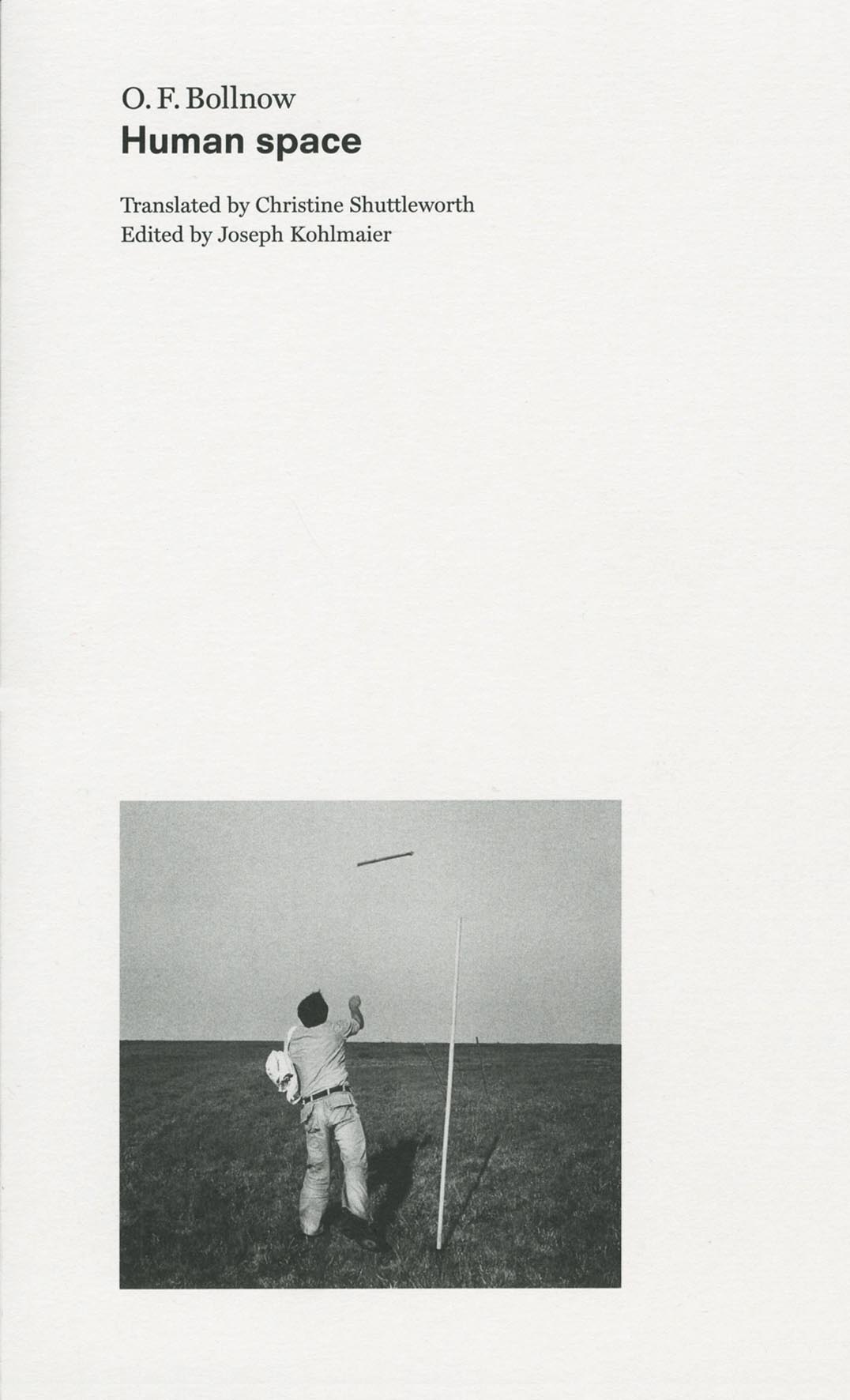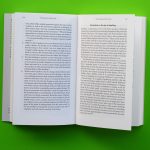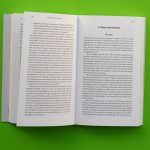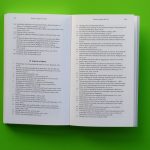Human space is an English translation of one of the most comprehensive studies of space as we experience it. Since it was published in Germany in 1963, Bollnow’s text has become a key reading in architecture, anthropology, and philosophy, and has been kept continuously in print (in 2010 the German edition was issued in its eleventh impression). The book is serious academic research and something more – showing a great sensitivity to the near and the everyday. The text is enlivened and illustrated with many quotations, principally from German and English literature. Our edition is translated by Christine Shuttleworth and has an afterword by Joseph Kohlmaier, who places the work in its context of philosophical and architectural discussion.
Contents
Editorial note
Introduction
On the history of the question
Contrast with mathematical space
The concept of experienced space
The spatiality of human life
I. The elementary structure of space
1. The Aristotelian concept of space
Natural place
Space as a vessel
2. Word usage and etymology
Everyday linguistic usage
Linguistic references
‘Orte’ und ‘Stellen’ in space
3. The natural coordinate system
Vertical axis and horizontal plane: upright man
The earth’s surface
The firmness of the ground and the forms of its loss
Front and back: man on the move
Right and left sides
4. The centre of space
The question of the zero point of space
Going away and coming back
Order around the centre
The finiteness of the world
5. The points of the compass
Orientation in space
Mythical geography
Other schemes of direction
Preferred places
Directions of travel and regions of life
6. Horizon and perspective
The double aspect of the horizon
Perspective
Perspective and horizon in the figurative sense
II. The wide world
1. Expanse, distance and the foreign
A new question
Pushing forward into the infinite distance of space
The Baroque interior
Narrowness and expanse
The foreign
Distance
2. The path and the road
The opening up of space
The origin of paths
Road-building
The road network
The alteration of space
a. The homogenization of space
b. Eccentric space
Man on the road
a. The forward urge
b. The loss of the dimension of width
c. The fleeting nature of human contact
3. The wanderer’s path
Wandering
The path
Aimlessness and timelessness
The joy of departure
Returning to one’s origins
The function of wandering
III. The security of the house
1. The meaning of the house
The house as centre of the world
Dwelling
Space and security
Bachelard on the joy of dwelling
The anthropological function
The vulnerability of the house
2. Sacred space
The return to mythological thinking
Sacred space
The house as image of the world
The city
Conclusion
3. The homeliness of the dwelling
4. Door and window
The door
The lock
The threshold
The window
Orientation in the environment
The transporting effect of the window
5. The bed
Hearth and table as the middle of the house
The bed as centre
Indications from linguistic and cultural history
Security in the bed
The upright posture
Lying down
6. Waking up and falling asleep
a. Waking up
The uncertain sense of existence
The building up of near space
The identification of place
b. Falling asleep
The return to the unconscious mind
The feeling of security
Deep sleep
The double movement of life
IV. Aspects of space
1. Hodological space
Distance
The cave-like character of the living space
Hodological space according to Lewin
Sartre’s continuation
The hodological structure of the landscape
2. Space of action
The extension of the hodological concept of space
The tangibility of objects in space
The ordering of space
The comprehensibility of living space
Room to manoeuvre
Extending the concept of the space of action
3. Day space and night space
The relationship between the two spaces
Day space
Twilight spaces
a. The forest
b. Fog
c. Falling snow
d. Twilight
Night space
a. Moving through the night
b. The descriptions of Minkowski and Merleau-Ponty
4. Mood and space
The sense of narrowness and expanse
The concept of mood space
The sensual-moral effect of colour
Interior spaces
The constricting space of the anxious heart
Euphoric space
A poetic confirmation
5. Presential space
The spatial character of sound
The purposeful freedom of dance
The changed relationship with space
Presential movement
Critique of Straus’s dualistic spatial schema
6. The space of human coexistence
The struggle for living space
The space of loving togetherness
The space-creating power of love
The foundation of the home
The common space of friendly co-operation
V. The spatiality of human life
1. Being-in-space and having-space
Intentionality as a starting point
Space as a medium
Forms of sensation of space
Dwelling
Having-space
Individual space
2. Forms of individual space
Three areas of dwelling
The body
a. Body and exterior space
b. The unobtrusiveness of the body
c. Incarnation as a mode of having-a-body
The house
a. Incarnation in the house
b. The transformation of man in his house
c. The territory of animals
Free space
a. The protective character of space
b. Dwelling in free space
c. Other forms of becoming one with space
3. Summary and prospects
Modes of human space
The precedence of protective space
Requirements for true dwelling
Notes
Afterword
Index
Reviews
Being speculative rather than scientific, Bollnow’s work has been met with a certain suspicion. His material, however, is very rich, drawing its references from nature, literature, art, history, anthropology, psychology and philosophy. His arguments are weighty and substantial, and create a most inspiring basis for further research.
Christian Norberg-Schulz, Existence, space and architecture, London: Studio Vista, 1971





